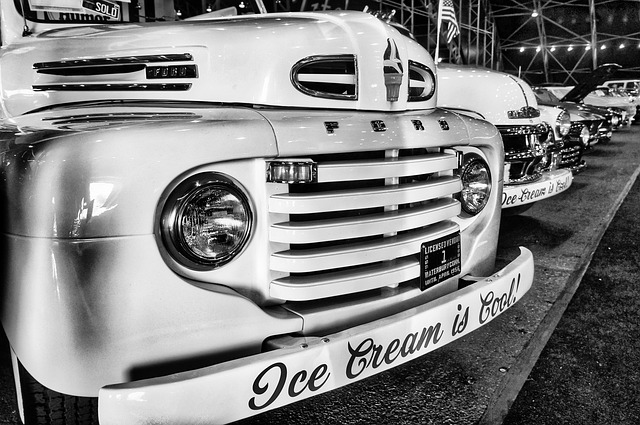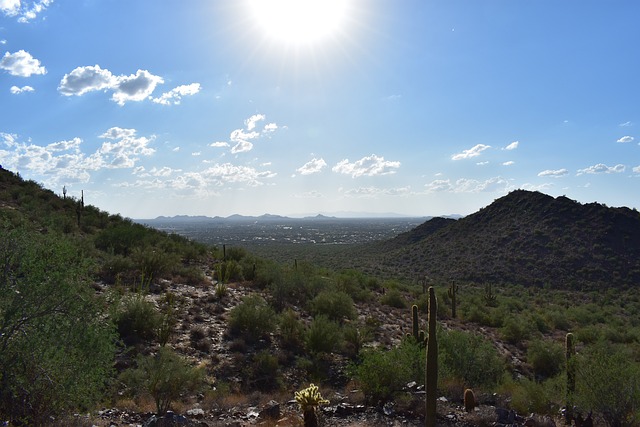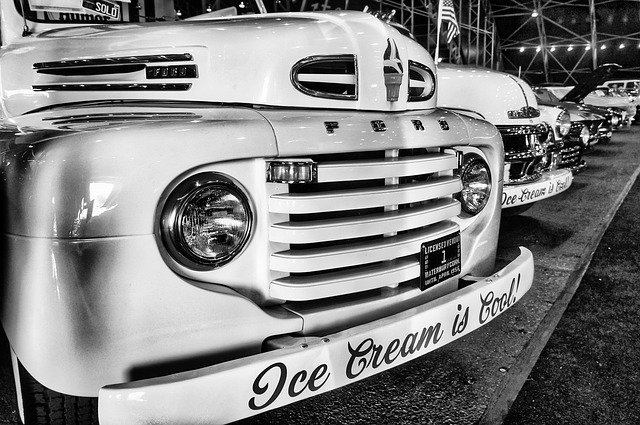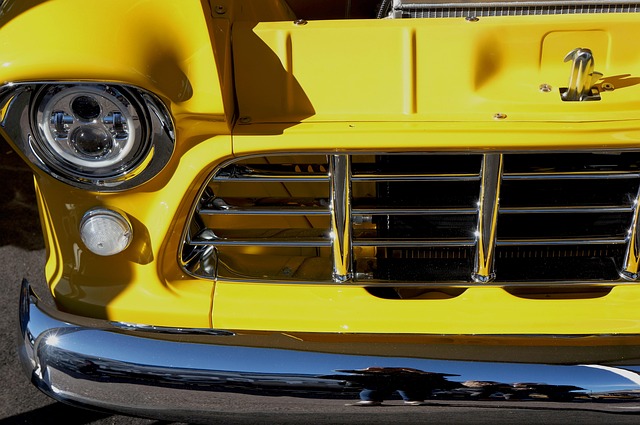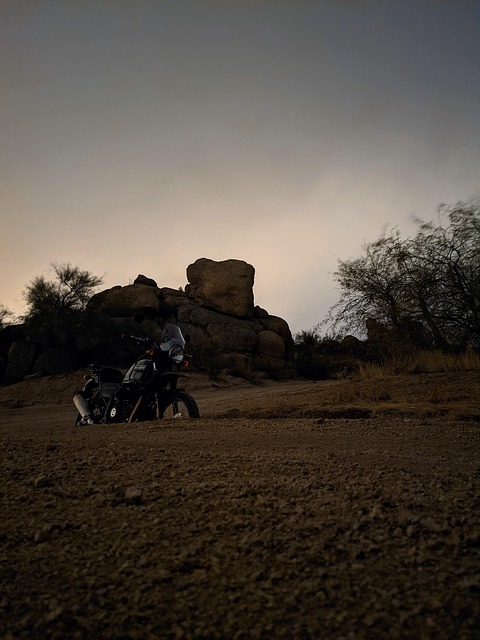The success of nightlife hotspots largely depends on their location in vibrant urban areas with high foot traffic. Strategically chosen real estate near cultural attractions enhances the nightlife experience, driving visitor numbers. Urban development trends prioritize mixed-use spaces that blend residential, commercial, and leisure amenities, creating 24/7 activity centers. This includes co-living spaces, rooftop venues, and revitalized historic sites, making cities more attractive for entertainment and social gatherings. Community collaboration through events and public spaces is crucial for developing thriving downtown nightlife scenes centered around engaging local interests.
“Uncover the pulsating heart of urban excitement as we explore the dynamic nightlife and vibrant downtown scenes globally. This article delves into the intricate dance between location, real estate trends, and design in cultivating thriving entertainment hubs. From strategically chosen sites to innovative architectural strategies, these factors shape the very soul of a city’s nightlife. Discover how community engagement plays a pivotal role in fostering an inclusive, lively atmosphere that attracts locals and visitors alike.”
The Role of Location in Downtown Nightlife Hotspots

The location of a nightlife hotspot plays a pivotal role in its success, especially in the competitive downtown scene. Prime real estate is often the key to attracting a bustling crowd and fostering a vibrant atmosphere. Easy accessibility, whether by foot or public transport, ensures that potential patrons can conveniently make their way to these venues, contributing to their overall popularity.
Additionally, being located in areas with established cultural offerings or near other entertainment hotspots can create a network effect, where one attraction draws visitors who then explore nearby options, ultimately enhancing the nightlife experience for all involved and driving foot traffic through strategic real estate choices.
Real Estate Trends Shaping Urban Entertainment Hubs

The real estate trends in urban areas are significantly shaping the entertainment scene, particularly in downtown cores. As cities become more dense and walkable, developers are recognizing the potential of creating mixed-use spaces that seamlessly blend residential, commercial, and leisure amenities. This integration fosters a lively 24-hour atmosphere, with residents and visitors alike enjoying a vibrant downtown experience right at their doorstep.
Trends such as the rise of co-living spaces, rooftop bars and restaurants, and revitalized historic buildings are transforming urban landscapes. These developments attract a diverse range of businesses and residents, contributing to a thriving nightlife and cultural hub. The real estate market’s ability to adapt to these trends ensures that cities remain dynamic, attractive destinations for entertainment and social interactions.
Creating a Vibrant Downtown Scene: Design and Community Engagement Strategies

Creating a vibrant downtown scene is a multifaceted process that involves strategic planning and community engagement. Design plays a pivotal role in fostering a lively nightlife, from urban planning that prioritizes public spaces and pedestrian-friendly areas to architectural features that encourage social interaction. Real estate developers can contribute by integrating mixed-use buildings that house residential units, retail spaces, and entertainment venues, ensuring a 24/7 buzz.
Community engagement is equally crucial. Collaborative efforts between local governments, businesses, and residents can lead to the organization of cultural events, street festivals, and pop-up markets, which attract visitors and create a sense of belonging. Active participation from the community ensures that the downtown scene reflects the diverse interests and needs of its inhabitants, making it truly vibrant and dynamic.
